
 Instagram
Instagram
Do you have a receding hairline? 5 signs

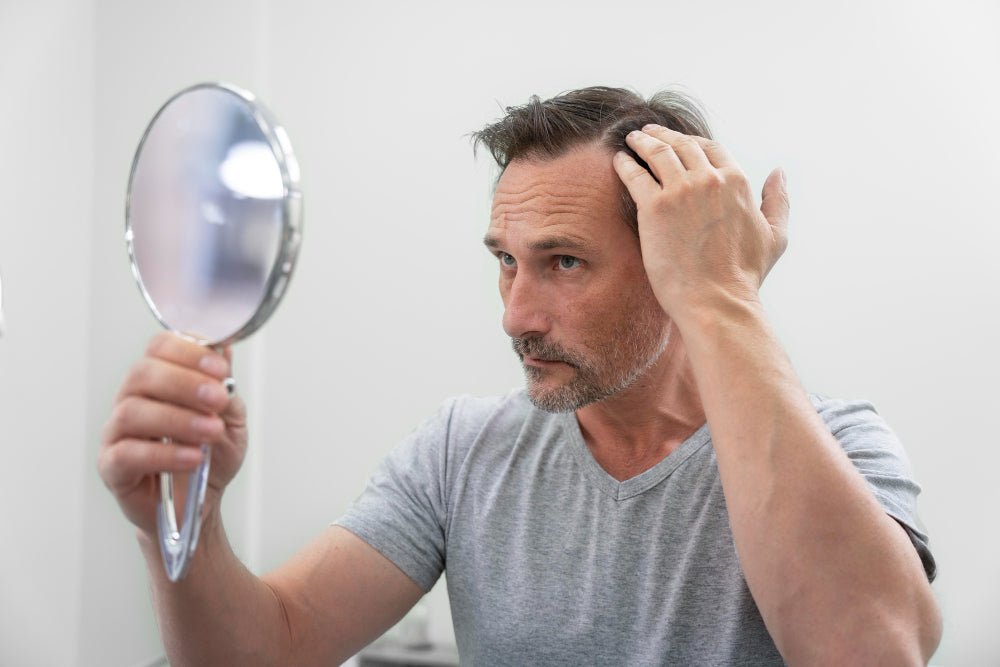
Related products
What’s covered?
Do you have a receding hairline? 5 signs
A receding hairline is a sign of hair loss.
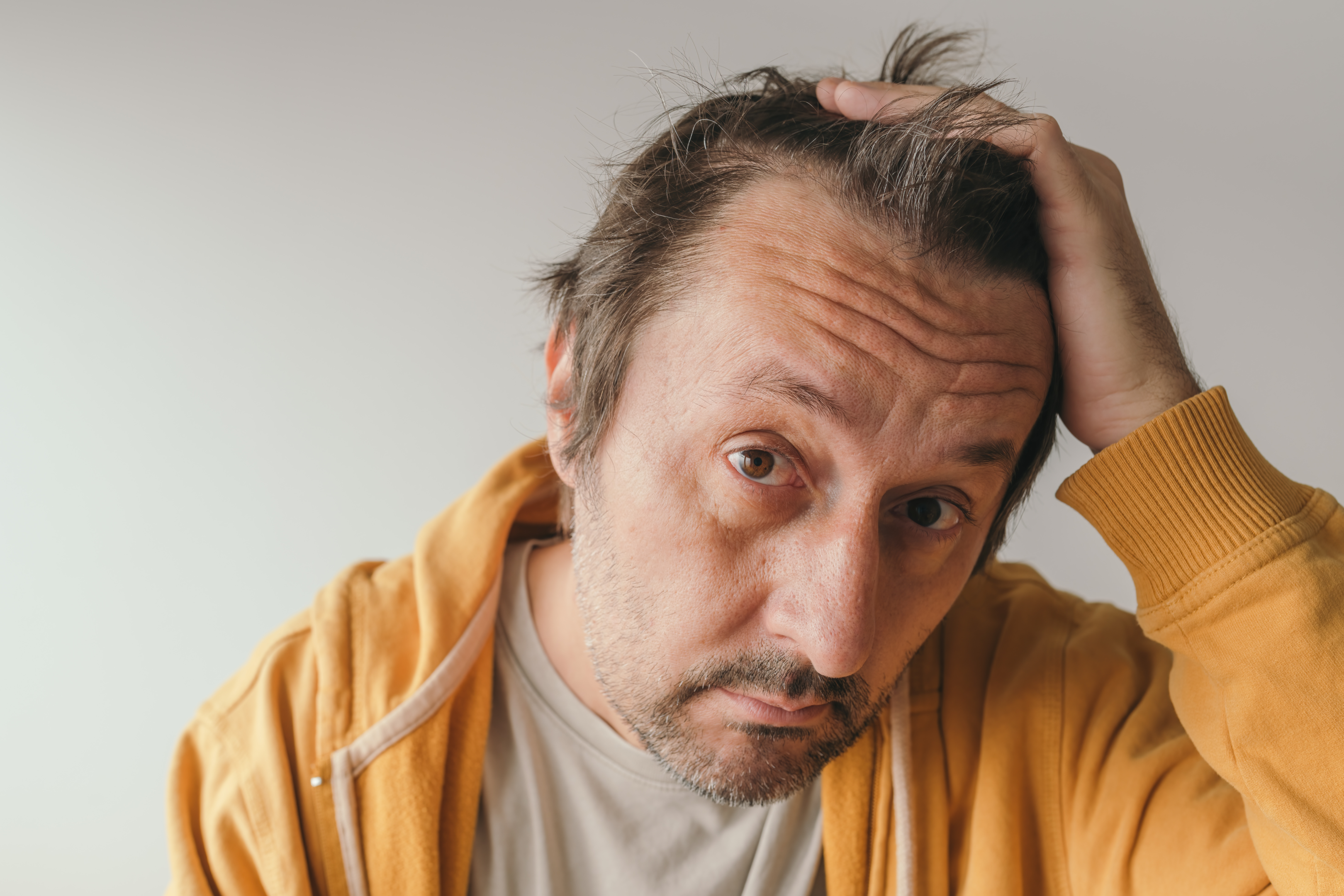
Have you noticed a change in your hairline over time? If you're unsure, pull out some old album from your drawer, look at your old pictures. Is your forehead more visible now? If answer is "yes", then you have a maturing or receding hairline.
There is however nothing to worry as it is experienced by more than one third of adults in the UK at some stage in the life.
A maturing vs a receding hairline
Here, it is prudent to differentiate between two types of a retreating hairline.
Maturing hairline
In this condition, you will notice a uniform retreat and a fully mature hairline is that which has retreated one inch away from the forehead crease. Irrespective of the cause, it is a painful spectacle to see your hairline receding, exposing bald head behind.
Receding hairline
It is an advanced issue than a maturing hairline. The hair line retreats further, and you will have a M shaped hairline eventually. This type of hair loss is classified as a receding hairline.
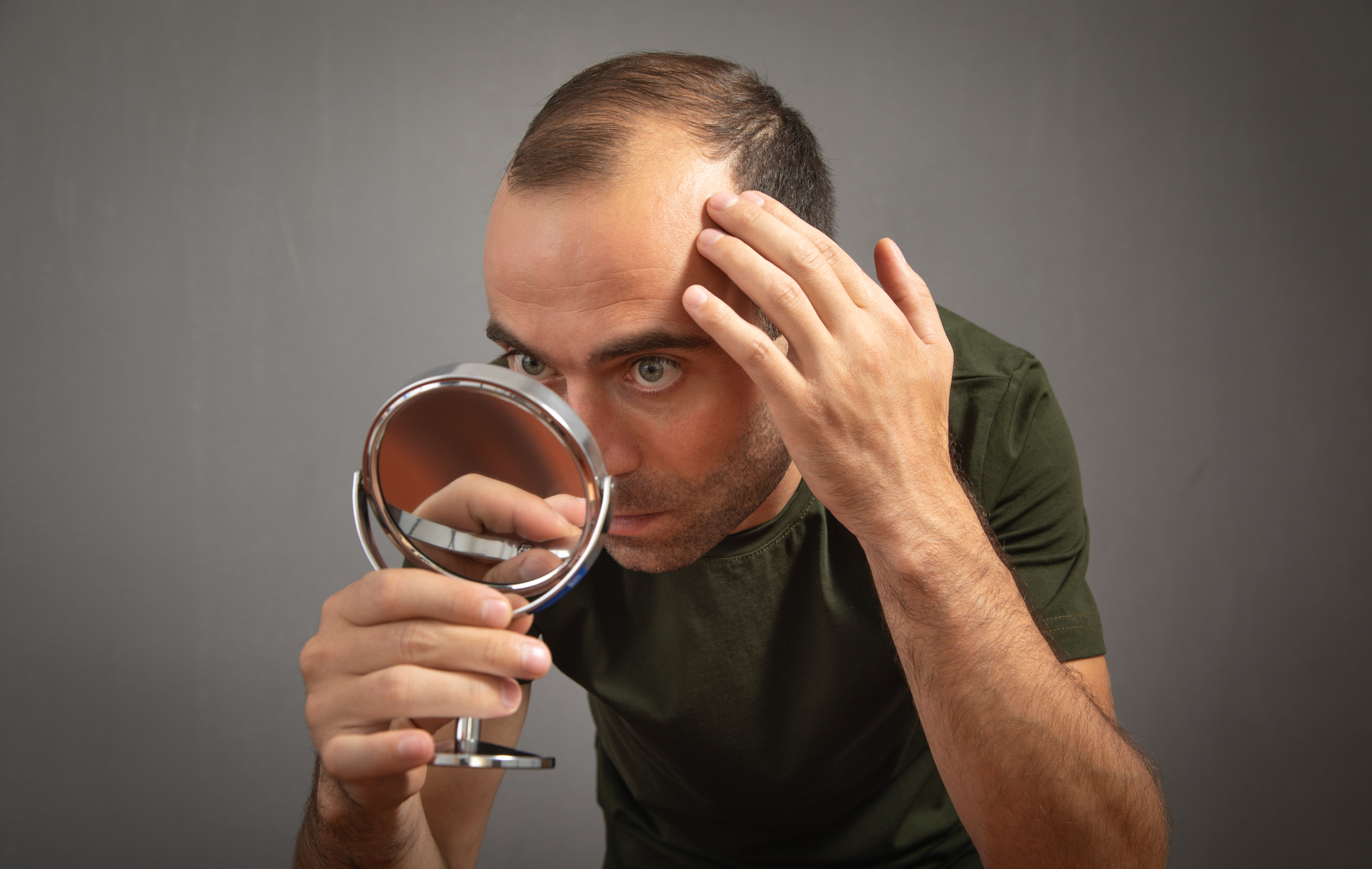
Regardless of the type, a retreating hairline is a sign of hair loss.
Why the hairline recedes?
Why does hair fall? Not every hair fall is a sign of disease. It could just mean that the hair has completed its life and a new follicle will grow to replace it. It is normal to loose 50-100 hair threads. But, what if you are loosing more hair daily?
You might wonder, what is wrong with the hairline? It is a good practice to regularly take snaps of your hairline and notice any observable changes in the long run. If you notice a retreating hair line, there are different ways to manage it, for example, you can consult with a hair transplant surgeon. But, why does it happen.
A receding hairline is one of the early signs of hair loss. The following causes can be responsible.
-
Androgenic alopecia (male and female pattern baldness)
-
Autoimmune diseases (alopecia areata)
-
Nutritional deficiency
-
Fungal and bacterial infections
-
Lifestyle and stresses
We have detailed the causes of hair loss (and a receding hairline) in another article. Click here to read it.
What are the early signs of a receding hairline?
Regardless of the cause, an early detection will enable you to remedy it before it had advanced too far. With the help of your physician, you can formulate some strategies to slow down the recede. These five signs are noted with any cause of a receding hairline.
-
Your are loosing hair from all over the body
If you notice an unusual hair fall from all over the body (alopecia universalis), it is a sign to worry about. It requires an immediate attention by a skin specialist. Such pattern of hair loss can be due to;
-
Iron deficiency
-
Poly-cystic ovarian syndrome (PCOS in women)
-
Autoimmune conditions
-
Thyroid diseases
-
Stress
-
Hereditary factors
-
Adrenal gland issues
-
Diabetes
The body hair will fall uniformly and your line will recede alone with a decline in overall hair density.
-
Your hair is thinning
Hair thinning is a normal part of the ageing process. If however, you notice a rapid thinning at temples and at crown, it is a sign of a receding hairline. The most common cause of such type of hair thinning is the genetics (male pattern hair loss) as you inherit the sensitivity to the male hormone dihydro-testosterone (DHT).
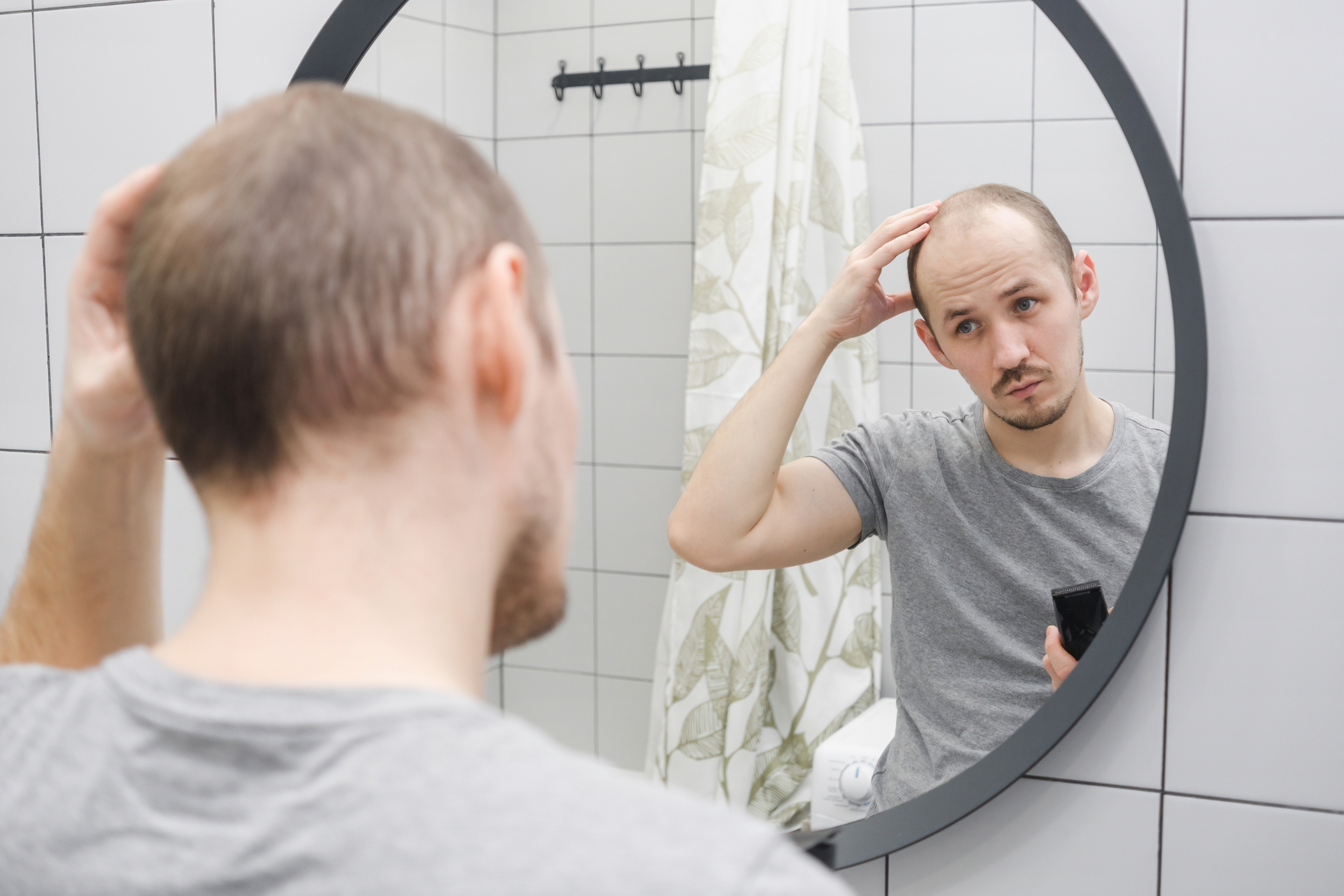
DHT is a male hormone which causes miniaturisation of hair follicles. The original strong and healthy hair will gradually be replaced by thin and weaker hair. Besides having a family history of thinning hair, various lifestyle factors e.g., chemical and heat treatments, stresses etc, can also cause it.
You will also find a lower hair density while combing. If you regularly visit the same barber, he can also alert you of a thinning hair.
-
Hair that takes a long time to grow back
If you have a male pattern baldness, it will lead to a shortening of hair growth cycle. The longest phase (anagen) is approximately 2-6 years long. It will be reduced to as low as 1-2 years. Due to a shorter growth phase, the hair growth becomes slow and the maximum length achieved by the hair become smaller and smaller.
The hairs become thin and split ended after reaching a lower length than previously. If you have a habit of shaving your head and note that the time required for full regrowth is increasing, you likely have some hair loss issue.
-
Hair fall in clumps
Due to normal turnover, it is perfectly normal to loose 50-100 (up to 150 on a high density scalp) hair from the scalp. These strands come in comb and hands while combing and Washing. This hair loss should never be in the form of clumps, but few random strands should be found.
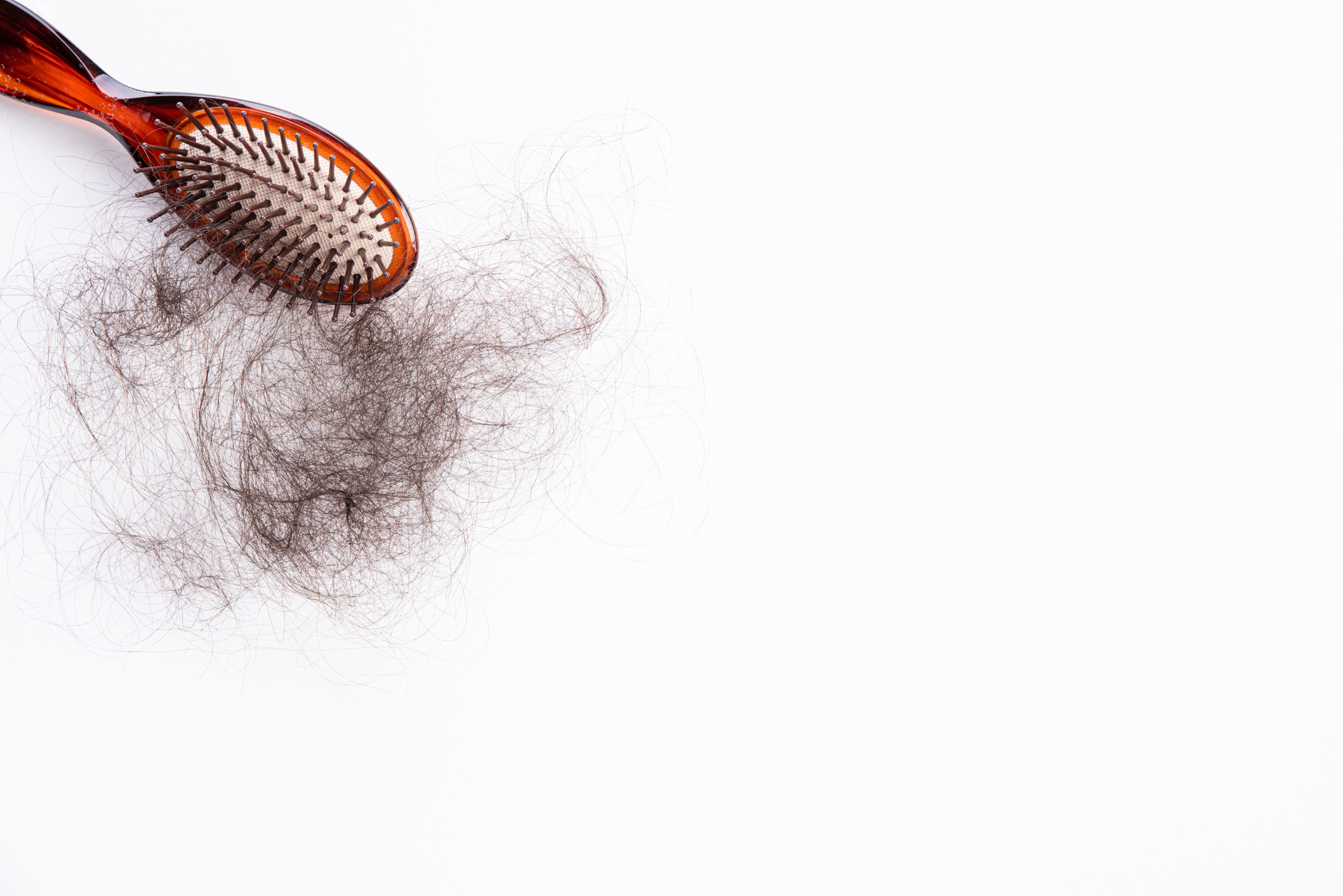
If however, the hair are falling as clumps and bald spots and patches are forming, it is time to consult your doctor.
-
Itchy scalp
Itchy scalp is not a sign of baldness, but, it can exacerbate the hair loss due to other issues. It could be due to other conditions like sebum build up on scalp, ring worm infection, seborrheic dermatitis, psoriasis, folliculitis or other inflammatory conditions.
If you have this issue at hairline, the permanent scratching of scalp will damage the hair follicles leading to a receding hairline. So, if you have an itchy scalp, it is a worrying sign for you scalp.
We have more for you to read about the causes and possible treatment of hair loss. Click here to visit our information page about hair loss and available treatments.
Conclusion
Besides some acute causes of hair loss, the first sign of balding head is a receding hair line. It could be due to genetics (androgenetic alopecia) or various other causes.

It is important to continue to monitor the signs of a receding hairline and report your findings to a dermatologist as early as possible. The reversal of some causes can stimulate hair growth and cause your hair to regrow and hairline is restored. Even if it is irreversible, the you can do something to slow down the recession.
We provide various hair loss treatments at Welzo. You can order them after consulting our health experts. Click here to visit our information page.
Related Services
- Hair loss treatment
- Finasteride
- Female hair loss blood test
- Alpecin Shampoo
- Regaine
- Regaine for women
- Regain foam for men
Related articles
- What vitamins support hair growth?
- Cures for itchy scalp and hair loss
- Can stress cause hair loss?
- Can masturbation cause hair loss?
- Can creatine cause hair loss?
- Best female hair loss treatments?
- The most common causes of hair loss
- How to cope with postpartum hair loss?
- How does DHT cause hair loss?
- Cures for itchy scalp and hair loss
- What vitamin deficiency causes hair loss?
- Can wearing a hat cause hair loss?
- Dutasteride vs Finasteride: What's Best for Hair Loss?
- Relationship between diet and hair loss
- Top 7 Hair loss treatments
- What happens if you stop taking finasteride?
- Does stress cause hair loss?
- Why do men go bald?
- Guide to hair thinning
- Hair thinning at the front - what are the options?
- 11 Ways you may be damaging your hair
- What is non-surgical hair replacement?
- Hair growth explained
- Why does hair fall out in clumps?
- 5 Signs of hair thinning
- How many hairs should you lose per day?
- Do I have a receding hairline?
- How to spot a balding crown
- Early signs of balding and how to stop it
- Regaine vs rogaine - what's the difference?
- How long does minoxidil take to work?
- What are DHT blocking shampoos?
- How to get rid of split ends
















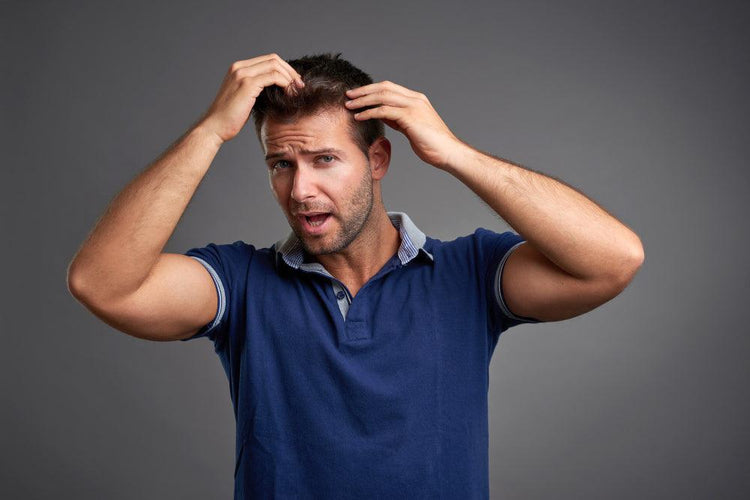
 Rated Excellent by 26,523+ Reviews
Rated Excellent by 26,523+ Reviews